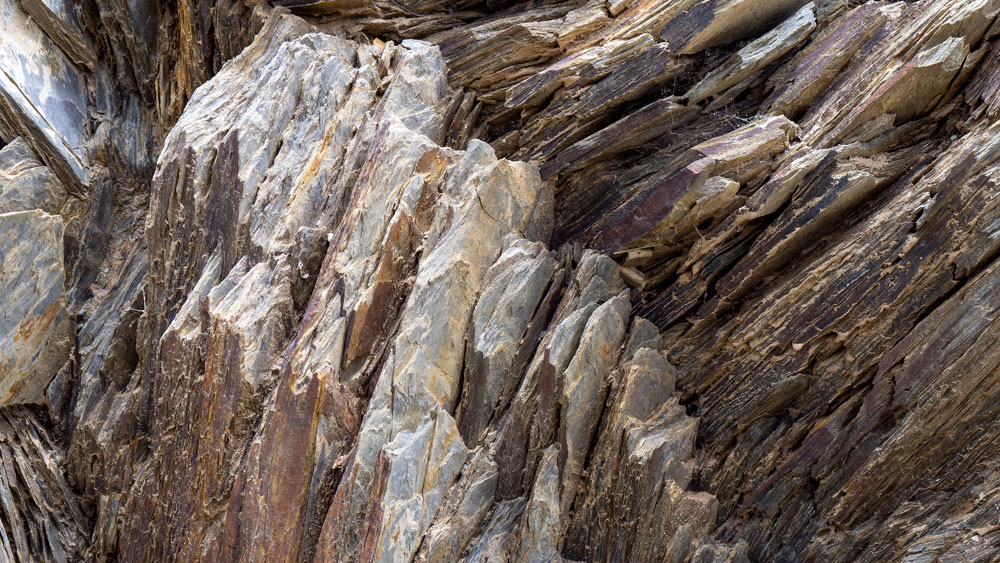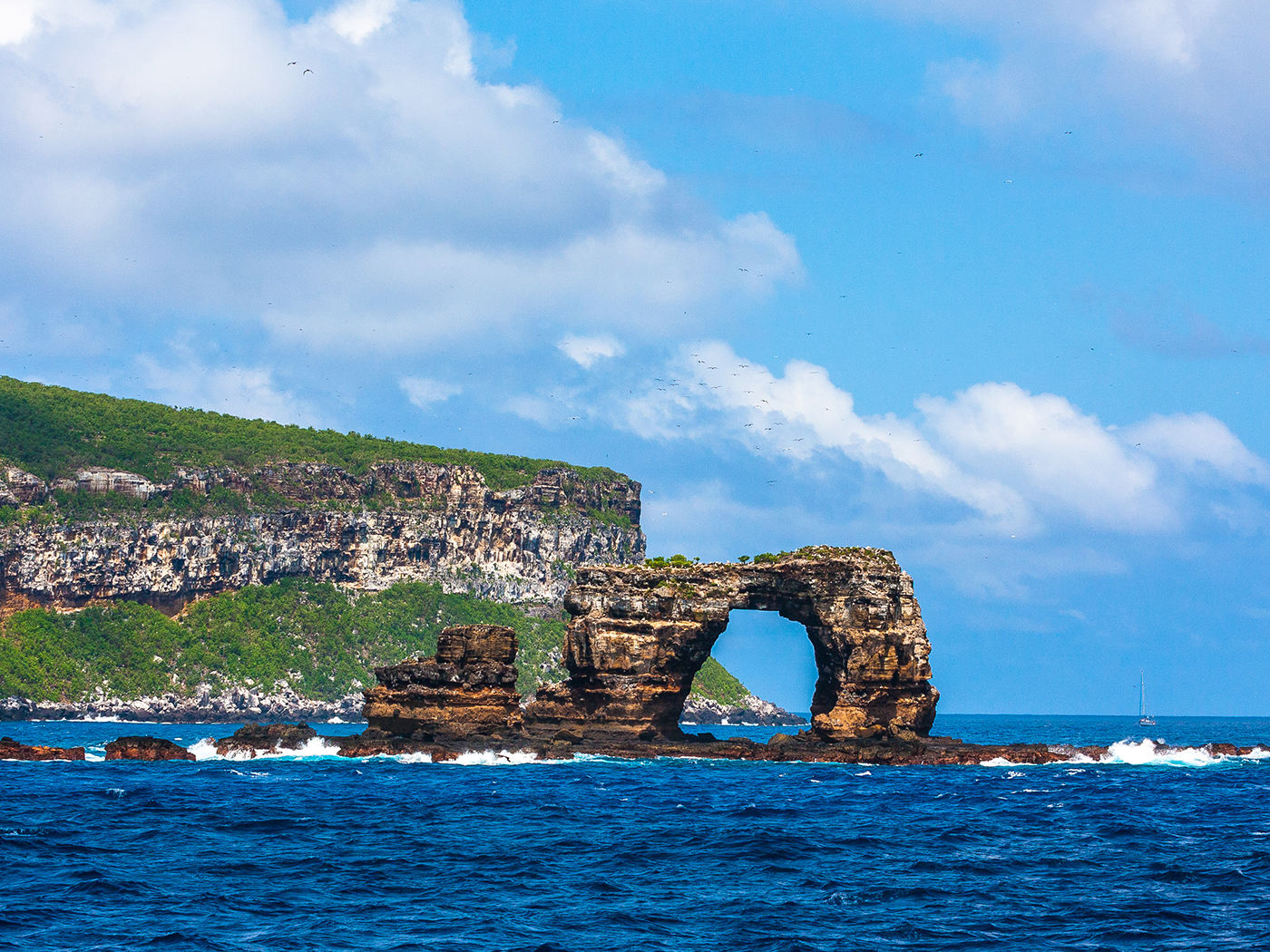All fossilized footprints are always interesting. There is much information that can be adduced from their imprints.
Recently, paleontologists in South Africa discovered fossilized footprints of a giant amphibian that supposedly predates dinosaurs by a quarter-million years.
The evidence comes in the form of fossilized footprints that show the giant creature responsible for the footprints used to swim like crocodiles do today. However, the ancient giant amphibian existed roughly 50 million years before the crocodile evolved...1
An obvious evolutionary presupposition of great ages has been injected into evaluating the purely physical evidence of this creature’s footprints.
Creationists view this six foot, seven inch (or 2 meters), 100% amphibian as living in the pre-Flood world just thousands of years ago.
Like billions of other creatures, it was caught up in the Flood waters (a secular article said the rock surface “was once the floor of a tidal flat or lagoon of the ancient Karoo Sea”2), and some of its footprints preserved in sediments. The article also mentioned “the extraordinary preservation of locomotion traces.”2 All footprints must be buried fast to preserve them. Such preservation is better attributed to rapid sedimentation brought about by Flood waters. A professional journal provides some of the details of evaluating these prints.
In this paper, we document the site with its sedimentary structures and unique traces as well as its stratigraphic context. Using high-resolution three-dimensional (3D) surface scans and aerial orthophotographs, we provide the first comprehensive description of the large impressions. A probable tracemaker [an animal producing biologic traces] for the impressions is assigned and locomotory behaviour of the tracemaker is inferred.3
Stratigraphy is a branch of geology concerned with the study and correlation of sedimentary rock strata. Biblical flood geologists do not agree with the traditional (uniformitarian) interpretation of the laying down of sedimentary rock layers over millions of years. Instead, they rely on the Genesis account of the Flood 4,500 years ago to deposit these layers rapidly, one on top of the other.
The following is but a brief example of such stratigraphic data from three continents.
ICR compiled stratigraphic data from over 1,500 columns across North and South America and Africa. These data have allowed us to clarify the true nature of global sea level. If we look only at the extent and volume of the rocks across these continents, we see that the generally accepted secular sea level curve doesn’t match the actual rock data. Instead, we see evidence of a single, progressive flood event that began slowly in the Sauk Megasequence [megasequences are defined as packages of sedimentary rock bounded top and bottom by erosional surfaces], peaked in the Zuni, and receded in the Tejas. All of the continents show the same general pattern, making the result even more compelling.4
A statement in an article describing this giant amphibian discovery applies to creationists, as well as to its intended evolutionary audience, “In addition to its remarkable scientific contribution, this study also demonstrates how important paleontological discoveries are often made by curious people bringing their findings to the attention of [creation and evolution] paleontologists.”2
Although this discovery is evidence of a giant amphibian, we have no amphibians of this size today, and it nonetheless shows God’s amazing creative power. And the rapid burial and preservation of its footprints is best explained by the violent action of the global Flood.
References
- Hawkins, J. Scientists discovered fossilized footprints from before dinosaurs existed. BGR. Posted on bgr.com April 3, 2023, accessed April 6, 2023.
- Science Writer. Ancient giant amphibians swam like crocodiles 250 million years ago. AAAS and Eurekalert!. Posted on eurekalert.org March 29, 2023, accessed April 6, 2023.
- Groenewald, D. P., Krüger, A., Day, M. O., Penn-Clarke, C. R., Hancox, P. J., & Rubidge, B. S. (2023). Unique trackway on Permian Karoo shoreline provides evidence of temnospondyl locomotory behaviour. PLOS ONE, 18(3), e0282354.
- Clarey, T. 2019. A Rock-Based Global Sea Level Curve. Acts & Facts. 48 (2): 9; Clarey, T. Grappling with Megasequences. Acts & Facts. 44 (4): 18.
* Dr. Sherwin is science news writer at the Institute for Creation Research. He earned an M.A. in zoology from the University of Northern Colorado and received an Honorary Doctorate of Science from Pensacola Christian College.






















